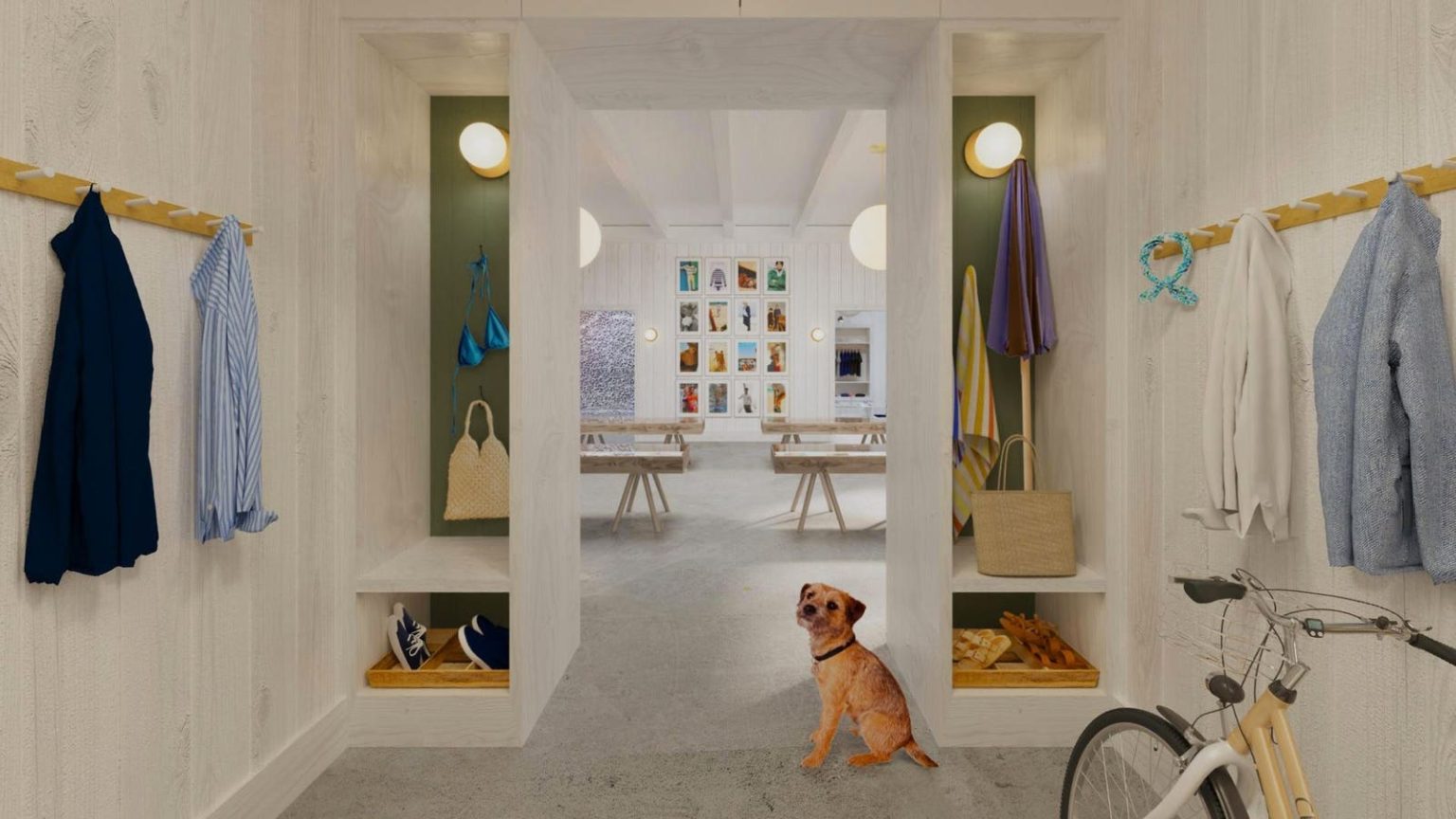Across the retail landscape, more stores are being built with bytes, not bricks, and that virtual shopping path could lead to a new kind of mall. Let’s call it the “avamall.”
The avamall would be a cyber community of various 3D virtual stores, operated by retailers from J. Crew to Claire’s, which already are exploring their own fully immersive online experiences. Shoppers can access these virtual reality stores (let’s call them “avastores”) on digital platforms without the use of expensive headgear, as they are broadly considered part of the metaverse.
And although avastores don’t carry physical products, they are still able to sell them and are popping up just as lots of physical stores are closing.
Nearly 10,000 Real-tail Stores Closed Since 2021
Just look at the numbers. In 2023, more than a dozen retailers, including Bed Bath & Beyond, Walmart
WMT
AMZN
This substantial shift in the physical retail landscape is evident among shopping centers, many of which have replaced stores with offices, medical centers and hotels. But not all are surviving.
Core Research has estimated 25% of all U.S. malls will close by 2025. Already from 2017 to 2022, the number of malls had declined by 16.7% per year, Capital One
COF
Bytes could replace a lot of those bricks.
Enter The Avamall, A Cyber Center For Avastores
While all this shuttering has been going on, more retailers have been experimenting with 3D virtual platforms to get in front of digital natives. Some have launched pop-up locations that bring the store experience to shoppers in remote markets, and some are positioned inside games and showcase simulated goods that can be bought in physical stores.
Among good examples:
J.Crew, an icon of prep fashion, this summer introduced a virtual store in the form of a beach house, featuring swimsuits, shoes and accessories in six themed rooms, plus a boathouse. The company called the 3D site, powered by the platform Obsess, a “virtual passport to explore the world of J. Crew.” In addition to shopping boatneck tops, visitors can play games and take the “Catalog Cover Pop Quiz.”
Claire’s, the accessories chain, in October 2022 launched a 3D destination called ShimmerVille on the gaming app Roblox. The digital world invites its young users to raise “pet pals,” work at a café and buy matching merchandise for themselves and their twin avatars at the platform’s “C-Style Mall” – as well as in its physical stores.
Bloomingdale’s introduced its “Metaverse Shopping” cyber store to celebrate its 150th anniversary in September 2022. The nine-room experience includes tours through showroom categories such as “party-ready,” “fit for the new year” and “beauty spa.” In each room, users can click on marked items and buy them direct.
Ralph Lauren in late 2002 unveiled a virtual store in the form of a ski chalet approachable by a snow-covered path. Inside, the chalet is divided into a showroom where shoppers could click on items and purchase them direct, and a cinema that shows a branded video. The chalet followed Ralph Lauren’s 2021 virtual debut, called Winter Escape, with Roblox.
Gucci has claimed the “Gucci Metaverse” as part of its online concept store, Vault. The space features 3D goods and NFTs (nonfungible tokens – unique digital representations) through various entryways, including an unfolding story called “Otherside Relics,” the “Virtual Art Space” and the game “Vault Land.” The ambitious site follows other virtual tours by Gucci and is likely an effort to recruit young consumers.
It’s Time To Partner Up Platforms, For Reals
If these projects are profitable, the platforms that operate them could eventually seek power in numbers, bringing complementary brands on board to engage users longer, and to attract more. Indeed, the Ralph Lauren’s 3D ski chalet was positioned inside Bloomingdale’s virtual holiday store, created by Emperia.
Here are four very real reasons 3D stores can generate multi-fold opportunities:
- Virtual bricks cost a lot less. A store built with bytes requires fewer staff members to assist shoppers and no physical rent or maintenance cost. With the average rent per square foot at U.S. shopping centers near $27 in 2022, a mere 1,000 square-foot store would have to pay $27,000 per month. The estimates for building a metaverse, meanwhile, range wildly from $10,000 to $400,000 (and retailers don’t have to build the metaverse; they can occupy space at more reasonable “rents”).
- More “foot” traffic. J. Crew put it well by describing its virtual beach house as a “passport” to its brand experience. Shoppers from Iowa to Asia can visit a virtual storefront, making it accessible to millions who live nowhere near its physical locations. And social media platforms enable them to share their experiences, making for inexpensive word-of-mouth marketing. Tip: Retailers and brands should ensure they have the fulfillment capacity to support a global market if they plan to be there.
- More “avantageous” data. The direct customer interactions made possible through virtual encounters present unique ways in which retailers can engage and learn about them. A gaming platform can, for example, hint at how impulsive a user might be and gauge preferences by offering a choice of virtual products. This should generate more pinpoint insights. Further, retailers can share data to learn what their shoppers do in other avastores and use that information to improve their own digital experiences and offerings.
- Avamalls make umbrella loyalty cyber-easy. If retailers are open to sharing their customer data, a single loyalty program platform would be cost-effective and present more benefits to members, because they could earn and redeem points across all avastores. Such “coalition” programs are popular in Europe and Canada and exist in smaller scale in the U.S. – think supermarkets that partner with fuel stations and the linked programs of Target
TGT
Avamalls May Be Virtual Retail’s Meta-Versed Option
The future of virtual retail is unfolding fast. This makes for exciting times that are in many ways unprecedented, but also risky. Some investments in VR retail (or VRetail) will probably turn out to be bulls in the china shop and fail. But, just as online grocery delivery cleared its friction hurdles, avastore operators will fix the bugs and enter more homes.
They won’t, and shouldn’t, replace physical stores, however. The meta-best strategies will link the two options, because people want both real and virtual choices. This is where we are.
Sometimes we feel like being an avatar, sometimes we don’t.
Read the full article here





